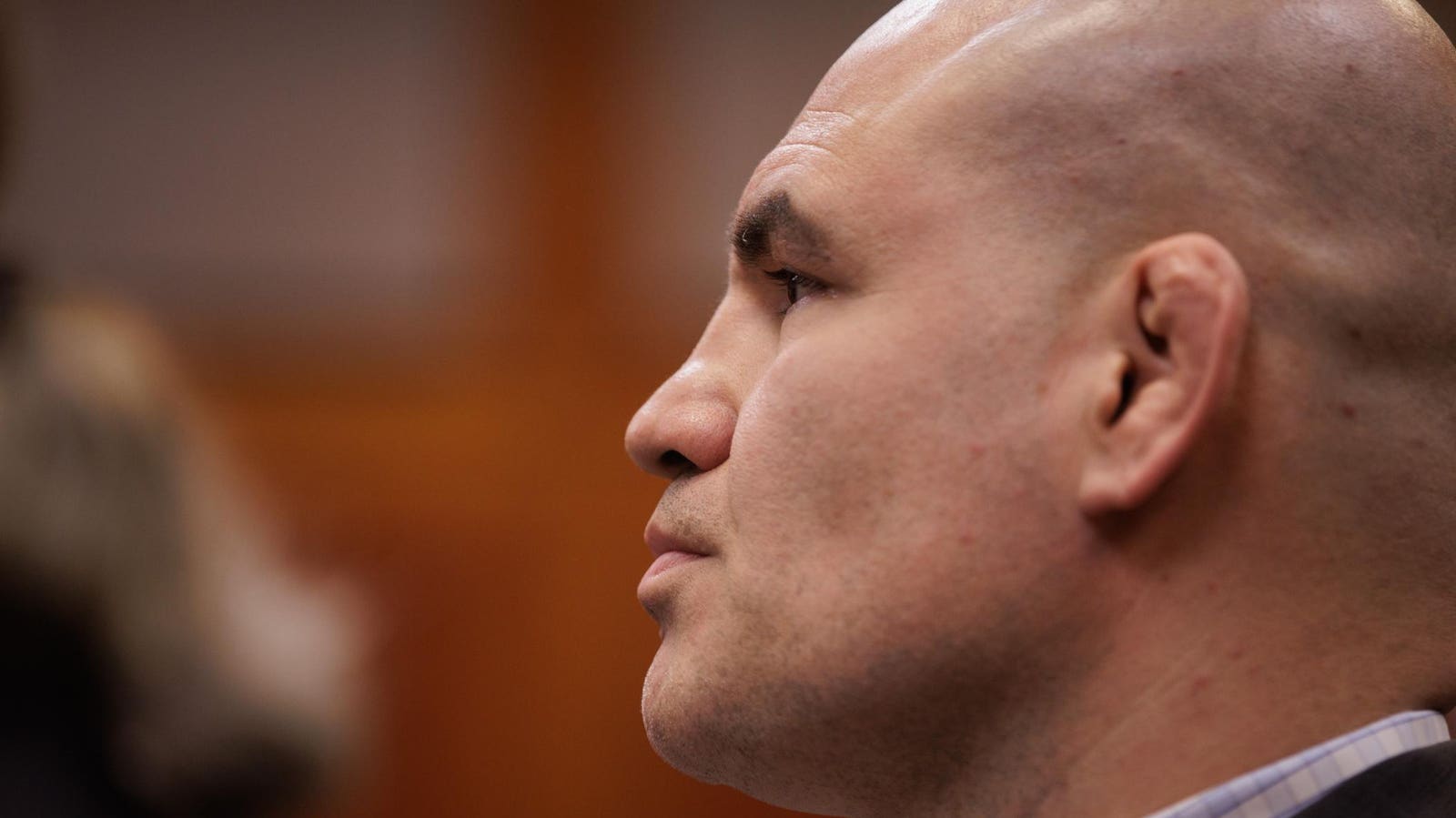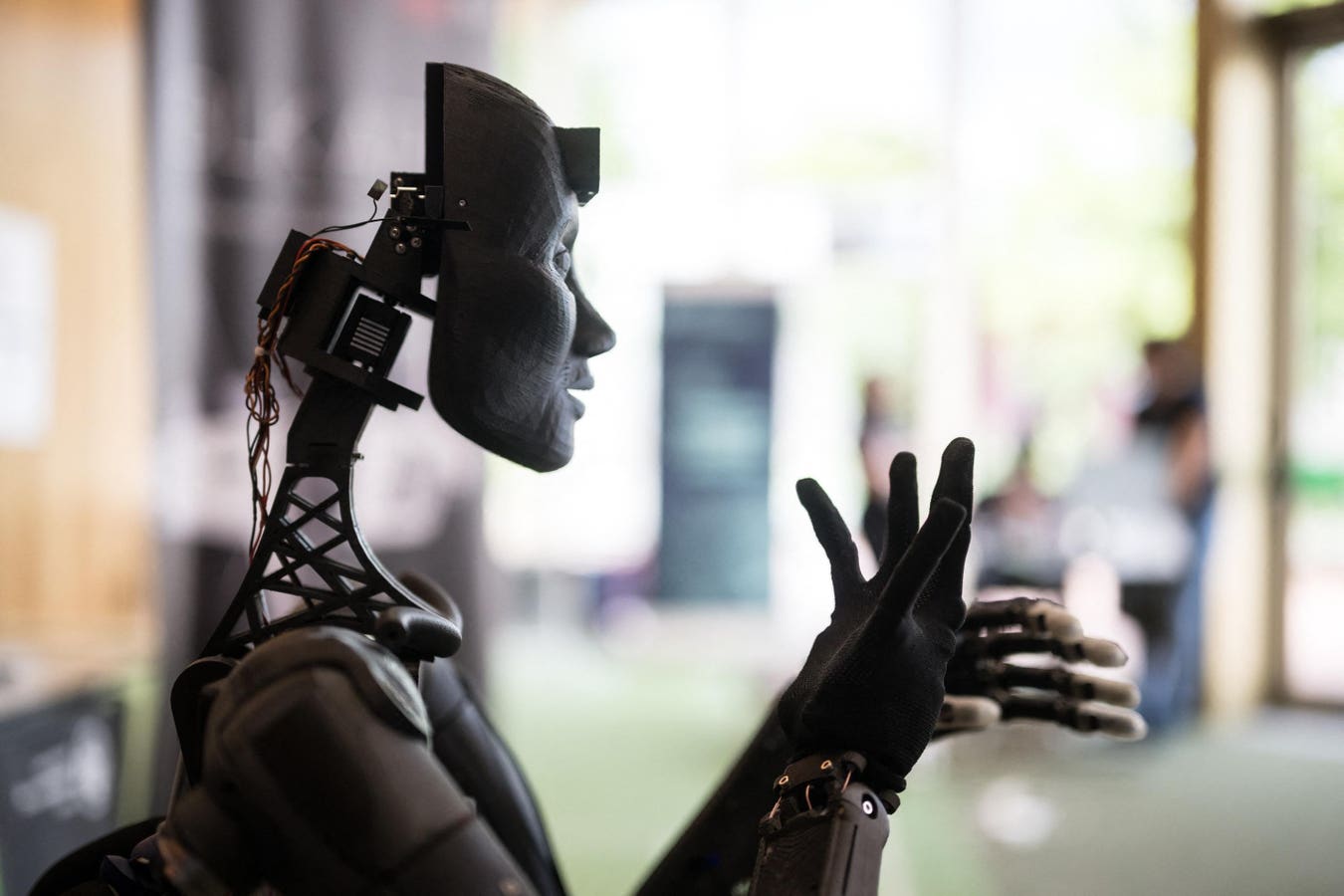Psychologist, author and adjunct instructor at Stanford University Caroline Fleck, PhD, has a new … More
In trying to connect with or even influence someone, you may be making a valid point. Or multiple valid points. But maybe you should consider making validation a point as well. This is what Caroline Fleck, PhD, essentially recommends in her new book entitled Validation: How the Skill Set That Revolutionized Psychology Will Transform Your Relationships, Increase Your Influence, and Change Your Life. And what follows after the word “validation” in the title is a spoiler alert as to what she feels providing validation to others can do.
Fleck’s Thoughts On Validation Emerged From Dialectical Behavioral Therapy
“The impetus for writing the book was a kind of light bulb moment in my experiences over the years as a clinician,” Fleck recalled to me during a recent conversation. She is a cognitive behavioral psychologist and an adjunct clinical instructor at Stanford University. Her private practice specializes in using dialectical behavior therapy and other cognitive behavioral approaches to treat different mood, anxiety, and personality disorders. “Dialectical behavior therapy was the first evidence-based treatment for borderline personality disorder,” Fleck went on to say. “It did this really wild thing back in the 90s. It combined this emphasis on acceptance with change.”
She clarified why this approach was so “wild” at the time: “The thing you need to change in BPD most immediately is typically self-harm and suicidal behavior and so the stakes are really high in these cases and they found that standard behaviorism, you know reinforcement, shaping habits, all of the popular concepts that were out there, none of that was working in this population. They were considered untreatable.”
But here’s how DBT was wildly different in Fleck’s words: “It wasn’t until we incorporated validation and had this corresponding emphasis on communicating acceptance that we were able to facilitate change. And all of a sudden we had an evidence-based treatment for a condition that had been considered untreatable.” The light bulb moment for Fleck was when both her professional and personal experiences showed her what validation can do. “I think we’ve really limited it, we’ve only looked at in these extreme cases,” she emphasized. “When you start incorporating validation in professional contexts, in parenting or in marital relationships, the change you see is remarkable.”
Validation Is About Acceptance And Not Necessarily About Agreement Or Praise
Now, to understand how validation might work, you have to understand what validation is and isn’t. Fleck defines validation as communicating mindfulness, understanding, and empathy in ways that convey acceptance. She has used the mantra, “Validation shows that you’re there, you get it, and you care,” to clarify what this means. In other words, by providing validation, you are telling the other person that you respect him or her enough to realize that there’s reasoning and a rationale explanation involved.
The opposite of validation would be dismissal, judgement or trying to fix the person. Classic non-validating responses would be like “Here’s where you are wrong”, “Here’s what you should do instead” or simply “You are freaking nuts.” You would be essentially quickly saying what the person is thinking, saying or doing is wrong, wrong, wrong like a bathroom gong. And how many people would say, “Please tell me how stupid I am” or “Please tell me how I screwed up again?”
Note that this definition of validation doesn’t imply agreement or even praise of what the other person is thinking. So validation wouldn’t require saying something like, “Good on you that you think the world is flat” or “Yes, I agree with you. Nicholas Cage is indeed a vampire.” It’s more about that you have a genuine interest in understanding how the person got to where he or she is.
Why Providing Validation Can Be Transformative In Relationships
Fleck has emphasized how transformative validation can be for any kind of relationship—including your relationship with yourself. In fact, she likened it to “MDMA for your relationships” in the Next Big Idea Club, not that you necessarily should be taking MDMA for any of your relationships. She spoke of how validation can provide more trust, intimacy and psychological safety and how research studies has revealed that the presence versus absence validation can help predict whether a relationship will be successful or not.
“There’s many people who simply want to be heard or see,” Fleck said. “But that doesn’t seem to be acknowledged enough in our society.” Providing validation can be particularly useful during a conflict. Fleck analogized it to putting up an adorable cat filter during a video meeting. It can be less threatening and disarming—that’s assuming that you don’t believe that your cat is plotting to kill you as I’ve written about previously. And when a person feels more comfortable with you, more in the ”oh he or she gets me” state of mind and less in the alarm state, that person may be more likley to listen and open to discussion.
Why Validation Is Not Used Enough
So, it’s simple, right? Everyone should provide each other with more validation and presto, chango, bingo, no more conflict, no more relationship problems, right? Not exactly. Providing validation can be easier said than done. First of all, a big part of validation is withholding judgement. This isn’t always easy to do since it’s oh so easy to judge others just like it’s easier to sit in the America’s Got Talent judging chairs than perform on stage. Being all judgy can make you feel superior and better about yourself.
Fleck pointed out another problem, “We are a problem solving culture. We are not really trained in how to sit with emotion when someone comes to us with a problem. Our inclination is to problem solve. And we are good at it.” So, in other words, one problem is too much problem solving. She spoke of “how we’re not great at just accepting and being with difficult emotions that another person might be experiencing,” and gave an example of “like when my kid doesn’t do well on a spelling quiz,. My inclination is to immediately problem solve what can they do better next time, so that this doesn’t happen again.”
Fleck described how this affects a second issue or obstacle. “We don’t really teach kids to validate their own emotions to recognize, hey, I’m disappointed, I’m sad, I’m frustrated,” she said. “Instead, what we model, what we show them to do, is immediately work towards change.” Fleck added that through all her work, “I have yet to meet anyone who was really great and self validation. who could really recognize their emotions, see the validity in them, sit with them, and then regulate effectively. Instead what I see are folks who are very punitive towards themselves, self critical, and quick to try and problem solve and change change change, whatever is what ‘wrong with them.’”
An additional issue is that validation doesn’t work if it is fake. In order words, the actual validation part has to be, you know, valid. “Anything that is fake is not validation,” Fleck emphasized. “I need to really underline that because folks think they can salesman their way into this, you know, like just say whatever they want. But guess what, people see through that.” Case in point, I’ve written for Psychology Today about how I once told a workplace leader, “I don’t feel like you heard me” and received the rather invalidating response of, “I hear you, man,” followed by his promptly leaving before I had any opportunity to fully elaborate. Therefore, you’ve got to want to hear the other person out honestly and earnestly. Otherwise, it’s going to come off as the opposite. And being real and authentic in our salesy, fake it until you make it society isn’t always easy to do.
A First Step To Validation Is Finding A Kernel Of Truth
So, how do you authentically validate what someone is saying and doing when you are like “Holy moly what the heck is this person saying and doing?” Fleck suggested first finding that kernel of truth in what the other person is saying or doing. Because there’s almost always some truth behind anything. People are rarely completely wrong and completely irrational. Fleck has pointed out that someone’s behavior and emotions may be valid even though what led to them were not, and vice versa. She’s also emphasized how emotions are always valid. If you feel sad about something, for example, someone else can’t say, “No you don’t. You don’t feel sad.” It’s not like you will turn around and respond, “That’s right. I actually feel happy. Thank you for clarifying that for me.”
Say someone voted for a political candidate whom you find highly distasteful or didn’t vote in a crucial election. It will probably wont’ get anywhere by calling that person a complete idiot or completely fooled. However, you could make inroads trying to see what made sense in that person’s choice. Maybe that person has a major distrust of politicians in general—which wouldn’t be unreasonable. That distrust could have led to the person eschewing voting or voting for the “non-traditional” candidate. The kernel of truth could then be the distrust or dislike of politicians.
Climbing The Validation Ladder
Fleck has described a ladder of validation with progressively higher skill levels that people can … More
Validation is like any skill, though. It may come more naturally to some who may naturally be more empathic and better communicators compared to others may struggle more. But no one should assume that they are just born to do it and can provide validation relatively easily without working to hone the skill. For example, some folks may describe themselves as highly sensitive empaths but that doesn’t necessarily mean that they are good at validation. “What the highly sensitive empaths don’t always realize is that although they can sense certain emotions, that doesn’t mean that they can communicate that understanding effectively,” said Fleck. “They haven’t actually developed skills to help them get better at it because they haven’t seen the need to. They feel like they have this natural talent so they don’t have to work it.” The analogy would be the basketball player who can outjump everyone but doesn’t feel like he or she has to practice the jump shot, dribbling, rebounding and other stuff.
Fleck has described a ladder of validation with progressively higher skill levels that people can climb to like rungs on a ladder. The higher you can get on this ladder, the greater connection with others you can achieve. But don’t despair if you can only climb so high. Not everyone can be a Michael Jordan of validation. The key is to be on the ladder in the first place and work to get as high as you can.
The First Two Rungs Of The Validation Ladder Are About Mindfulness
Before you do anything, you’ve got to pay attention and listen to what the other person is saying. Like really listen. So the first two rungs on the validation are about mindfulness: attending and copying. Attending is offering all the cues, verbal and non-verbal, that you are offering your full attention. This should maintaining eye contact, nodding when appropriate (as opposed to nodding like a bobblehead or nodding off), asking appropriate questions and showing the proper facial expressions. For example, don’t look like The Joker about to blow up Gotham City when the person is expressing hardships being faced. While attending, you want to really figure out what the person is saying and what’s behind it all.
The second rung is copying, another name for mirroring. When you repeat what the other person says or does like body positioning, they other person can feel like you are both on the same page and you understand. Naturally, this has to be appropriate. When the other person says, “I feel really stupid,” appropriate mirroring would not be, “yeah, you are really stupid.” Instead, it would be more, “Yeah, I feel stupid in such situations too.”
The Next Three Rungs Of The Validation Ladder Are About Understanding
Once you’re able to listen and mirror, your ready to really understand what the person is saying and doing. The first of these understanding rungs is called equalizing. This where you acknowledge that what the person is feeling and thinking make sense given that person’s circumstances. Again, it’s not necessarily agreement or praise. But it’s making it clear that you don’t feel that they are way off base.
The second rung in this group and fourth overall is contextualizing. This is where you understand how that person’s thoughts and behavior fit in the broader context of things. For example, maybe the person said or did something not so nice because he or she was stressed or afraid.
The third rung in this group and fifth overall is where things get particularly tricky. Its dubbed proposing and doesn’t mean you propose marriage to the other person, which would be weird. It’s where you guess what the other person is thinking or feeling. Now be careful with this one. It can work well and further your connection with each other if you are spot on but do the opposite if you get it wrong. If you elicit a “yeah, you don’t really know me” or “who the bleep do you think you are” or “I’m not that simple,” apologize and accept the fact that you’ve fallen down a few rungs on the ladder, at least with this person.
The Top Three Rungs Of The Validation Ladder: Empathy
The top rungs of the validation ladder are empathy-related and can be reached after you’ve mastered … More
Once you’ve mastered the levels of understanding, you may be ready for the empathy rungs of the ladder. This starts with the sixth overall rung: emoting. This is where you express your own emotions that are genuine and appropriate reactions to what you’ve seen and heard. An example is the significant other who got teary eyed when I told her of my brother’s death years prior. Another example is when someone gets visibly excited when something good happens in your life.
The seventh overall rung and second in the empathy group is taking action. This is where you do something concrete to help the other person. So, if the other person’s is feeling lonely, maybe you help that person find a partner. Of course, it’s better to get that person’s permission first. You don’t want to say after the fact, “Hey I signed you up for Tinder and included all your personal details om your profile. By the way, you’ve got a date with someone who was carrying a really big fish in a profile pic.”
The final tippy top rung is disclosure. This is where you share something that’s happened to you that’s similar and shows that you can relate. For example, if that person is struggling with a medical condition, maybe you share your own health struggles, which can not only show empathy but maybe even provide valuable insights, as I have described in Forbes previously.
Beware of making this all about you or a competition. You never want to be like “The discrimination I faced was worse than the discrimination you faced,” because you don’t bleeping know and this ain’t the freaking Olympics of suckiness. Also, never assume that your experience was identical. Things can be quite different for different people even though the circumstances may appear to be the same.
Ultimately Everyone Needs External Validation
No matter where your skills may fall on this validation ladder, it’s better to rung with it, so to speak, when interacting with anyone else. “Validation is acceptance,” Fleck emphasized. “It’s being seen and heard. We all need external validation. Our relationships should be based on validation.” And these are all quite valid points.








